The soil defines the transitional region between the rocks that make up the Earth’s crust (lithosphere) and where living organisms coexist (biosphere) with the gaseous layer that covers the Earth (atmosphere). It consists of a dynamic and porous layer made up of minerals, gasses, and organic matter from living beings that reside on the Earth’s surface. It is also where the cycle of life begins and ends– thus the saying, “we are made from dust, and from dust we shall return”.
The field of science dedicated to the study of soil is called pedology. Soil can be considered a living being because of the variety of organisms and plants that exist within it. Soil acts as a storage for water, carbon, and nutrients that allow plants to grow. The most fertile grounds are those with the ability to sustain the growing of plants through the availability of nutrients. Nutrients are all elements that are essential for the optimal growth of plants including nitrogen, phosphorus, potassium, magnesium, calcium, iron, and sulfur. Plants’ roots help structure the ground, protect it from erosion, and create porous spaces that allow for the infiltration of the water. The more roots there are the more protected the soil is, as they act as a protective net for the soil.
The structure, texture, minerals, water content, and chemical composition of soil all aid in the distribution of the organisms. For this reason, among the determining factors in its formation are climate, the bedrock (underlying rock), the biological activities and organisms that develop in the area, the relief, and the weather.
If we were to cut a cross section of the ground from the surface to the rock below, we would be able to see the layers that make up the soil profile. The layers that compose it are called horizons, formed by the vertical movement of water, minerals, biological activities, chemical processes, and organic matter. They are clearly distinguishable layers that are interposed from the bottom to the earth’s surface. Examples of the nomenclature used for horizons (from the surface to greater depths) are O, A, E, B, C, R.
There are different systems for classifying soils. The Russian school of soil cartology, the forerunner of soil science, utilizes the processes of soil formation to classify them. The system used in the United States (and Puerto Rico) divides them into 12 large orders, 64 suborders, 300 groups, 1,200 subgroups, 6,000 families, and thousands of series. This system forms a large taxonomy where the orders form the largest and most general groups, and the series are the most specific classifications. This system is governed by the structure, texture, chemical properties, and profile of the soil to classify it.
In Puerto Rico there are 9 of the 11 types of orders, 29 suborders and 164 series. The orders that predominate in Puerto Rico are the Inceptisoles (37%), Ultisoles (27%), and Mollisoles (21%). In our archipelago, 28% of the soil is suitable for agriculture, although the spread of urban development represents a clear threat to our food security.
The agency in charge of updating and distributing this information in digital format is the Natural Resources Conservation Service (NRCS).
In the Estuario de la Bahía de San Juan map there are eight orders, with the majority being Entisoles (12.8%), Ultisoles (7.5%), and Inceptisoles (6.1%).


